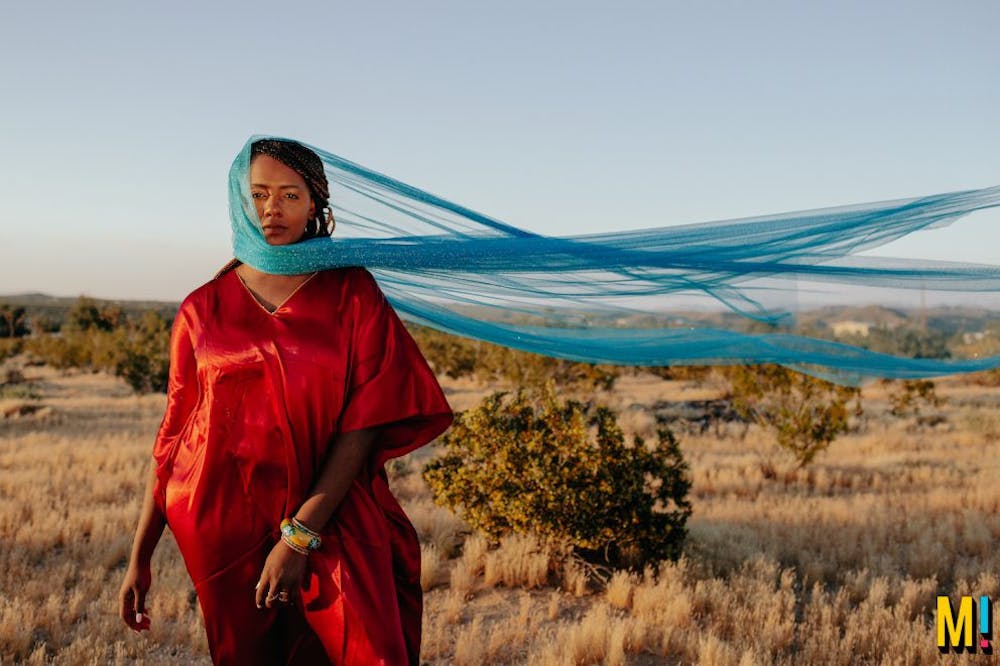Over the last two months, Duke has been the lucky site of the “Alhamdu Muslim Futurism” (Alhamdu is short for al-hamdu li-llāh, the Arabic phrase for “praise be to God”) world premiere, likely the first ever exhibit entirely dedicated to Muslim Futurism. Muslim Futurism is an Afrofuturism-inspired art movement which imagines a world where Muslims are free from religious prejudices and can create their own world.
The exhibit was created by Mipsterz — an art and culture collective — and Duke has the honor of hosting due to preexisting ties between the university and Mipsterz. Furthermore, Duke met the secondary goal of making discussions traditionally only found in universities accessible to the wider public. Lastly, both parties had received grants from the Doris Duke Foundation for Islamic Art, giving both of them ties to the Duke family and meaning Duke understood the rules associated with the grants that helped fund the exhibit.
The exhibit itself presents a number of works from artists both global and local (including several from the Durham community) which span an incredible variety of mediums and styles. In a single space, one can watch an immersive and interactive video projected onto moving cloths, play a text-based video game, view drawings and paintings in a diverse set of styles, and watch sculptures and objects like prayer mats. The diverse perspectives and style found within this exhibit mean that there is something for everyone to enjoy and a lot to learn. I loved the prayer mats displayed within the museum and how they synthesized traditional forms of religious practice and art with more modern concerns and messages to create beautiful and educational art.
When asked about the overall reception to the exhibit, Abbas Rattani (a founder of MIPSTERZ and one of the exhibit’s organizers) responded that it has been extremely positive. People have been willing to come from far distances to see the exhibit and have enjoyed both what they have learned and the art itself. Additionally, the inclusion of art from local artists has enabled people to learn that this art exists in their backyard, which they’ve found very interesting.
The exhibit was very enjoyable as the art within was entertaining and fun to view in addition to being something which I hadn’t had access to before, both in terms of the subject matter and style. The exhibit partially intended for this, as it seeks to enable more Muslim perspectives to be displayed by not limiting the perspectives and works to those that support a narrow intended theme. It also seeks to move beyond traditional displays through a variety of choices, from including plaques with the perspective of the curator and artist to even moving away from the traditional white and/or one color walls to multi-colored walls.
Get The Chronicle straight to your inbox
Signup for our weekly newsletter. Cancel at any time.
Zev van Zanten is a Trinity junior and recess editor of The Chronicle's 120th volume.

